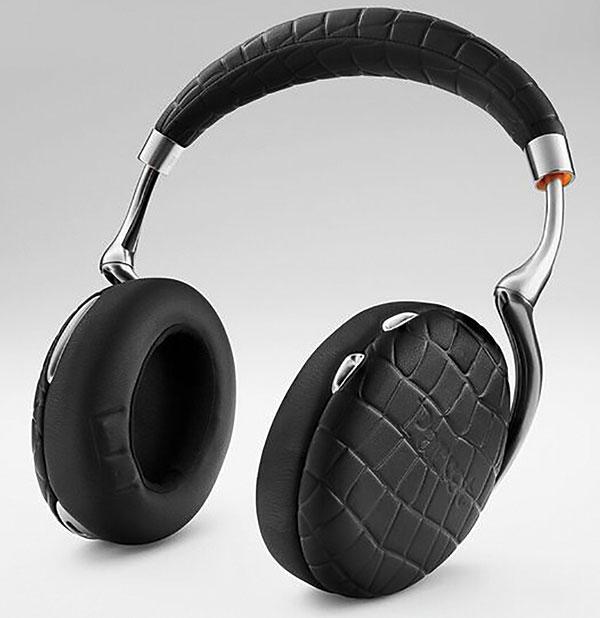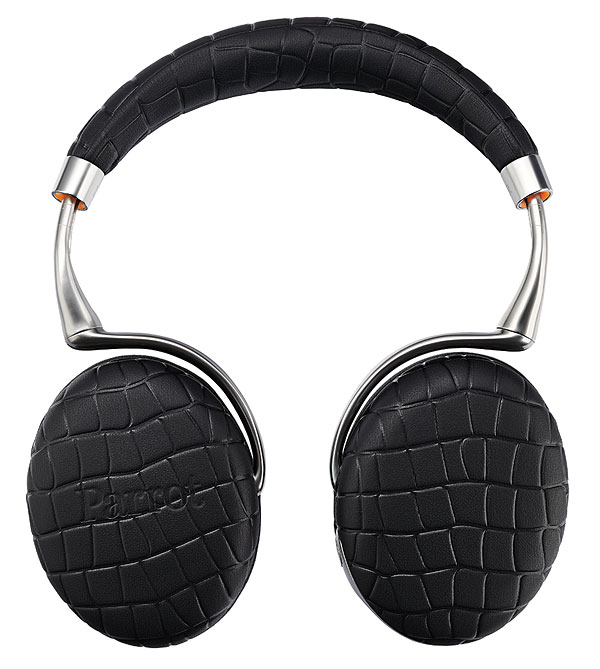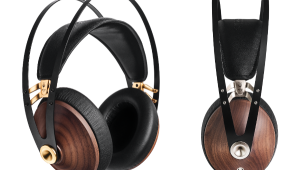Parrot Zik 3 Headphones

AT A GLANCE
Plus
Excellent ANC
Decent Bluetooth sound (with ANC off)
Wireless charging
Minus
Inconsistent sound quality
App mandatory for major functions
THE VERDICT
While the Zik 3 has allure with fun features, it falls short on core functionality, especially against its price competition.
Since their first version, Parrot Zik headphones have been consistently beautiful to look at and have featured technology that is a nose ahead of the competition. It’s the combo of pretty and new that has made the Ziks the darlings of the tech-enthusiast set. Now in its third iteration, the new Zik 3 is packed with all sorts of bells and whistles. Some will be familiar to users of the Zik 2.0: touch-sensitive controls on a sleek-looking earcup, deeply customizable noise cancellation and EQ via an app, sensors that trigger a pause in the music when the headphones are removed. And some are new: wireless charging, USB audio, Apple Watch, and Android Wear compatibility.
At face value, the Zik 3s have a lot of things going for them.
To start, the active noise control (ANC) is really great. While it can verge into vacuum-feeling on the highest setting, the noise blocking also can be reduced and even mixed with increasing amounts of external noise to enhance situational awareness—an unusual feature.
Also, over Bluetooth (and with all the audio enhancements and the ANC turned off), the sound is pretty good—not often the case with Bluetooth ’phones. The Zik 3 is relatively neutral-sounding, although lacking some dexterity in the highs and depth to the sonic field.
And, the fit for the Zik 3 is lightweight and comfortable.
But then…
There is a concept in design known as the Norman Door. Named after Don Norman, author of The Design of Everyday Things, a Norman Door is a door that is difficult to discern whether to push or pull by simply looking at it. In his book, Norman argued that a well-designed object shouldn’t cause confusion or need instruction: It should be intuitive to use.
Since becoming a popular concept among designers, the Norman Door has become the symbol of beautiful, but ultimately unsatisfying-when-used objects. Spending time with the Parrot Zik 3, for me, was a lot like encountering a Norman Door.
It starts with the controls. As in the Zik 2.0, to turn on or off the ANC, you must use the Parrot Zik app (compatible with iOS and Android, or Apple Watch/Android Wear). This is really annoying if, say, you decide to listen to music via one of the included cables. Additionally, to even access the Parrot Zik app, you must create a social media account with Parrot. While some may not object, to be required to create a profile or link with your existing Google/Facebook account can feel invasive to those who value their privacy. Don’t have internet connection? You can’t sign in. Can’t sign in? You can’t use a vast quantity of the Zik’s controls. Including the ANC. To be fair, Parrot did make it possible to access the app controls without an internet connection provided you don’t sign out before losing Wi-Fi. But if you accidentally sign out before a long flight, you’re out of luck.
I found the touch controls to be wonky. I’m not new to touch-sensitive earpads, so the fact that I was constantly pausing my music when I wanted to skip tracks or adjust the volume says something. And despite the fact that the packaging states the Zik 3 are “made for iPhone,” the touchpad volume control is independent from the iPhone’s volume control, rather than remaining in sync as with some other products. In other words, you need to turn the iPhone volume all the way up before you put it in your pocket, or else you’ll never get enough loudness. The same is true with the included analog cable; there is no remote or mic.

Ergonomics aside, the Zik 3’s sound quality was disappointing in most of its listening modes. Through Bluetooth, when the ANC is on, the bass was boomy and blurry and tended to thicken the lower midrange. The Concert Hall settings, which are made to imitate room feel, added a weird metallic edge to the sound. The Equalizer settings were fun to toy with, but I never felt that any amount of tweaking really made for an improvement over the initial tuning.
Listened to passively over the analog cable, the Zik’s vocal range became blaring. Powered through the USB cable, though, the headphones finally found their sweet spot: The highs had more clarity and dexterity, the mids some depth, and the bass, while forward, was well formed. However, once connected via USB, the ANC controls and all the app features are inaccessible.
Unfortunately, even at their best, the Parrots don’t quite hold up sonically in a very competitive field. The Sennheiser Momentum Wireless and Definitive Technology’s Symphony One come to mind. If ANC, rather than sound quality, is the priority, Bose does it better and for less.
Despite its ambitions, the Parrot Zik 3 never felt like a fully completed thought. There are so many other ways to spend $400, and many will leave you feeling less aggravated.
Specs: Type: Over-ear, BT • Weight (Ouces): 9.5 • Driver: 40 mm Neodymium drivers



























































